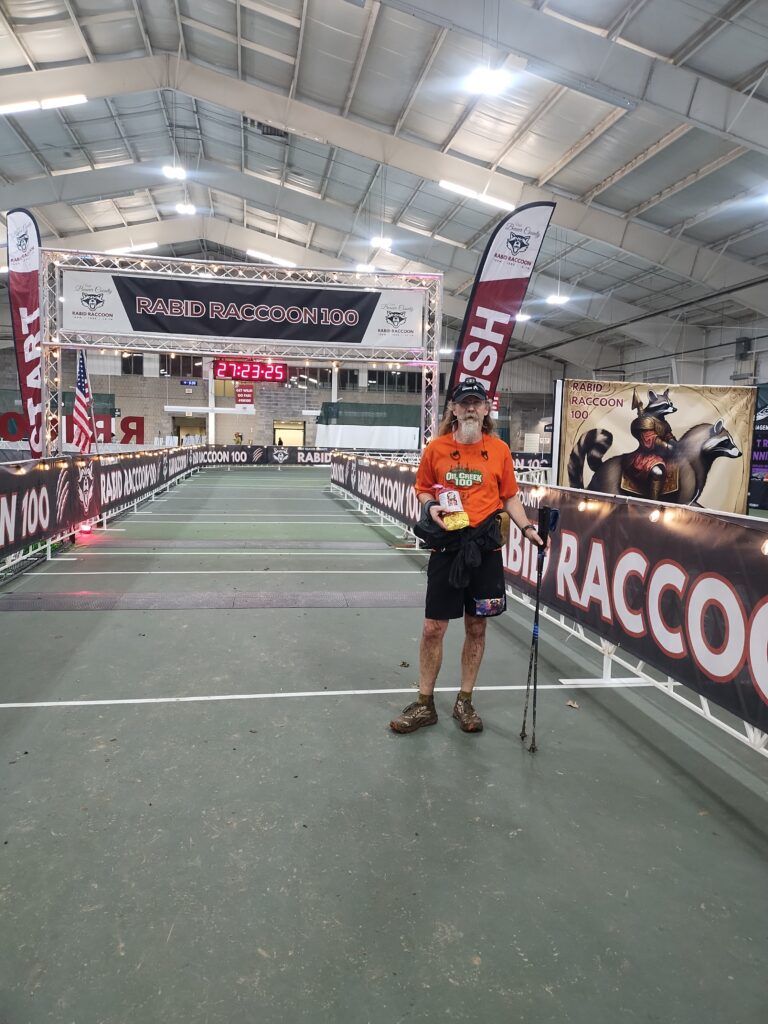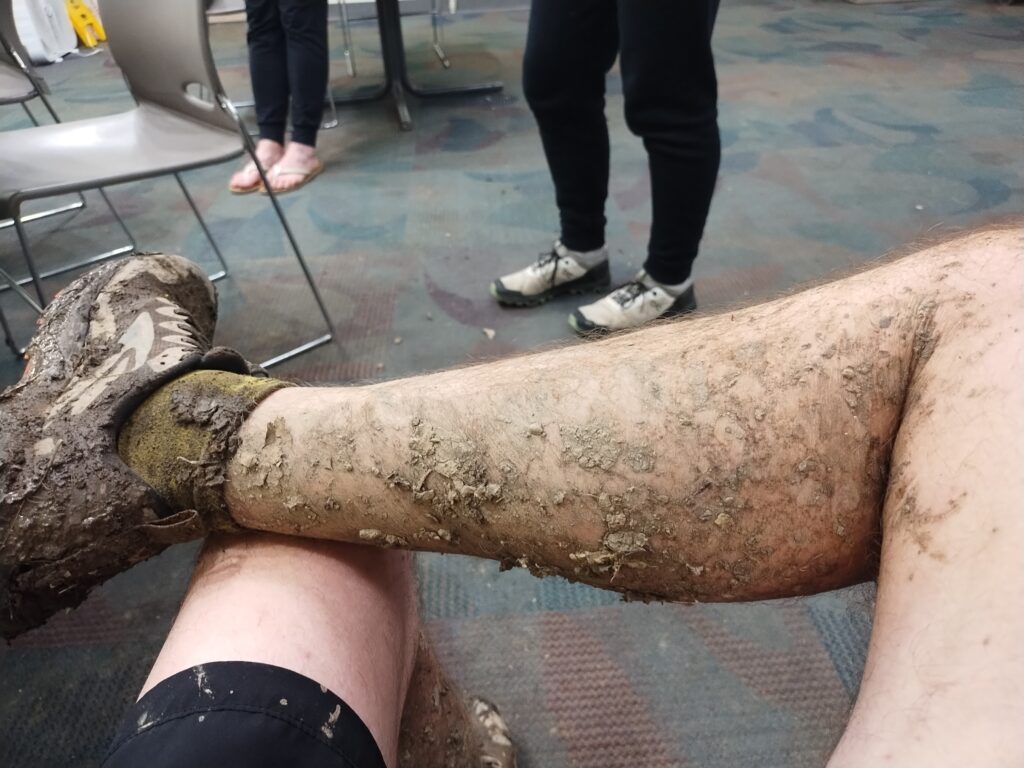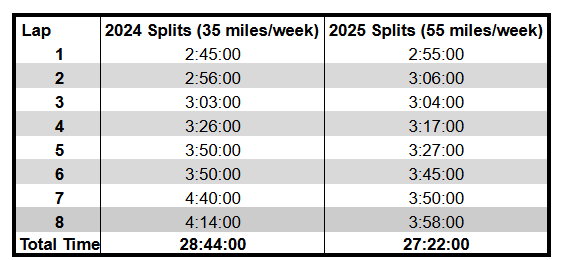This was the fourth year for the race and the second year at Brady’s Run Park. The course consists of eight 12.5 mile loops though my Garmin has measured it at 102.5 miles and 102 miles so don’t be surprised if your watch of choice runs a little long. There are now two aid stations on each lap with Four Seasons located at miles 2 and 8.6 with another 4 miles back to the Rec Center. One of the unique aspects of RR100 is that the ASs are located in buildings that you have to run through. This makes crewing more comfortable in adverse weather, which has been the norm in recent years. The other defining characteristic is the creek crossing after leaving Four Seasons the second time. It’s only about 20 feet across and 18 inches or so deep, but the water is quite brisk in March. With the move of future races to late May, the water should be much warmer reducing this as an issue. This should also eliminate the ridiculous amount of mud on the trails that I’ve witnessed the past two years.
I’m going to head in a slightly different direction with the remainder of this recap so I’ll direct you to last year’s write up if you’re looking for a more traditional race report.
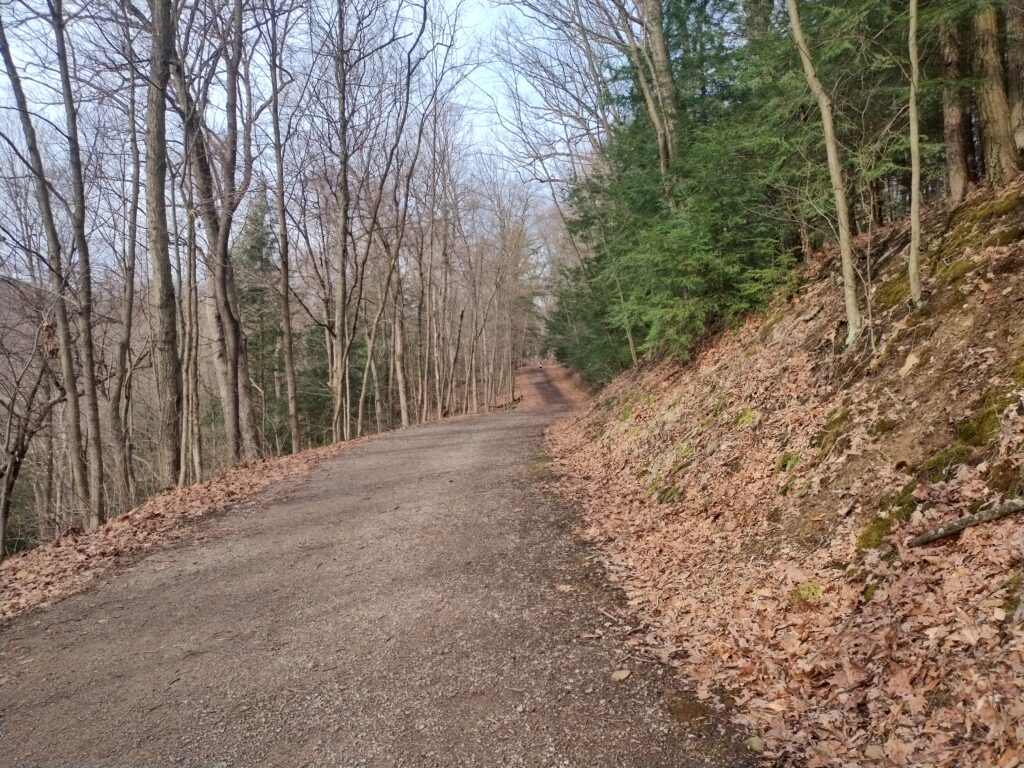
Considerations For Enhanced Performance During 100 Mile Races
Here’s some unscientific anecdotes from my experience at this year’s race. I like to experiment a bit with training and racing hundreds to improve both my performance and my enjoyment of the events. Sometimes the tweaks work, sometimes they don’t, and sometimes they have no discernable impact.
Standard Disclaimer: Unless you’re a 53 year old male with 10+ years ultra experience and (now) 33 hundred mile finishes; some, most, or all of this may be completely unapplicable to you. Don’t forget that not everything you read on the internet is true.
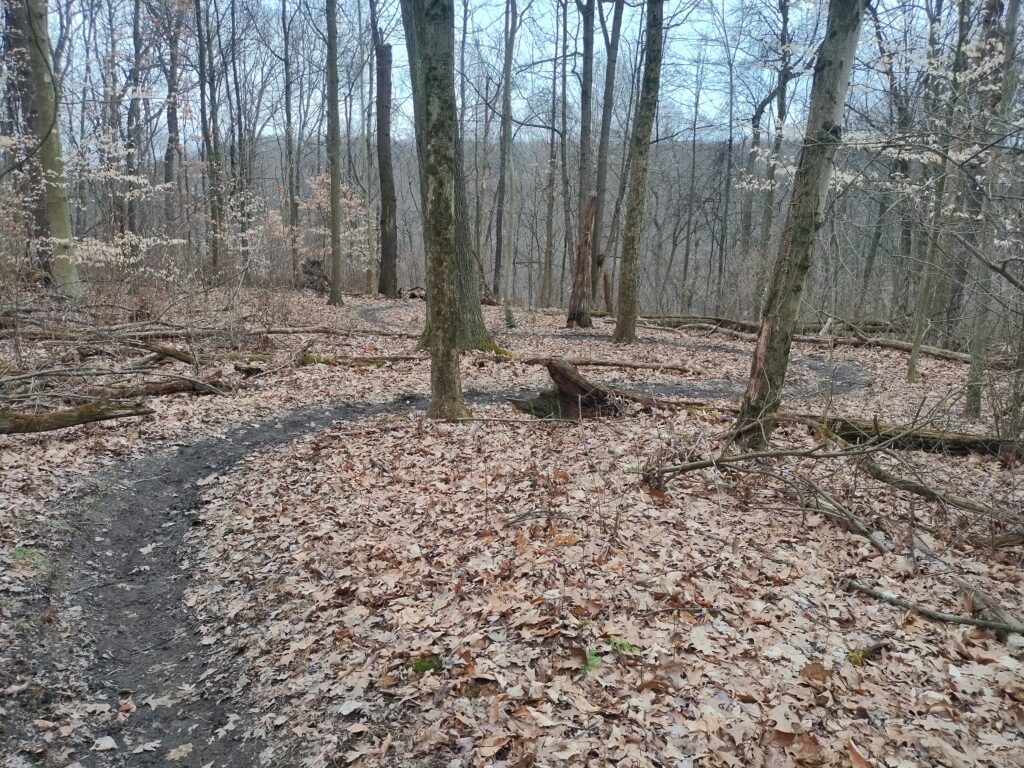
Training Volume on Race Performance: This was going to a good experiment on the impact of training volume on race performance as I had significantly higher training volume heading into the race.
Good news is I was able to run 82 minutes quicker in similar conditions. While there may have been a little less mud (debatable in my opinion), this was easily offset by the much warmer conditions. I’m also really happy with my splits. My goal was to go out at slightly slower than 24 hour pace (i.e. 3 hours/loop) and hold that through the halfway point, which I was successful with outside 10 and 11 minute miles to start things off (hey, I was excited) and the back half of loop 4. I couldn’t be happier with second half fade and was stoked to keep all laps below 4 hours (barely).
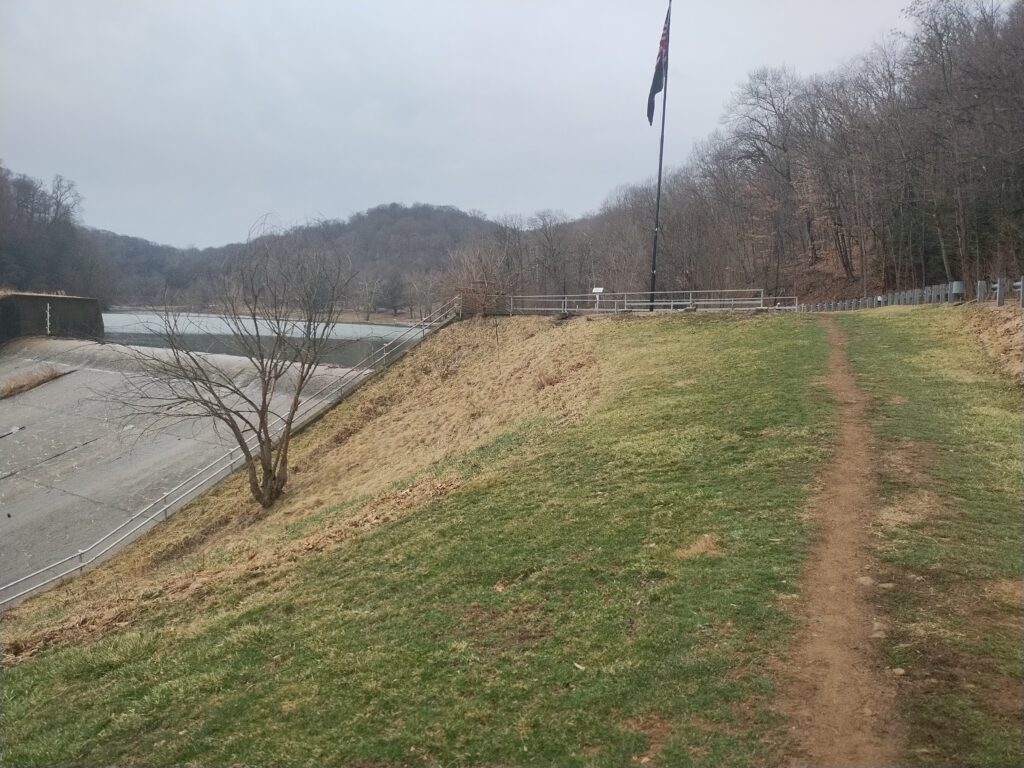
Pacing Impact: The hardest thing about running hundreds is figuring out how slow to start. Your easy effort long run is typically far too fast in my experience. I started at a 24 hour pace knowing my best case time was in the 26-27 hour range. I don’t have my early miles placing (not something I care much about), but I can assure you I moved up the field a lot over the last 5 loops. However slow you think is slow enough, probably isn’t.
Stoppage Time: I’ve never been the fastest runner so have always tried to minimize my aid station time as a way to get “faster”. Last year I spent a massive (for me) 62 minutes not moving on course. I was able to dramatically cut that to 35 minutes this year. So 27 of my 82 minute improvement was due to spending less time in ASs. There is a fairly fine line to walk here (and I’ve definitely walked on both sides), however having an action plan ready every time you approach an aid station is a great way to remain focused in what can be a very chaotic environment.
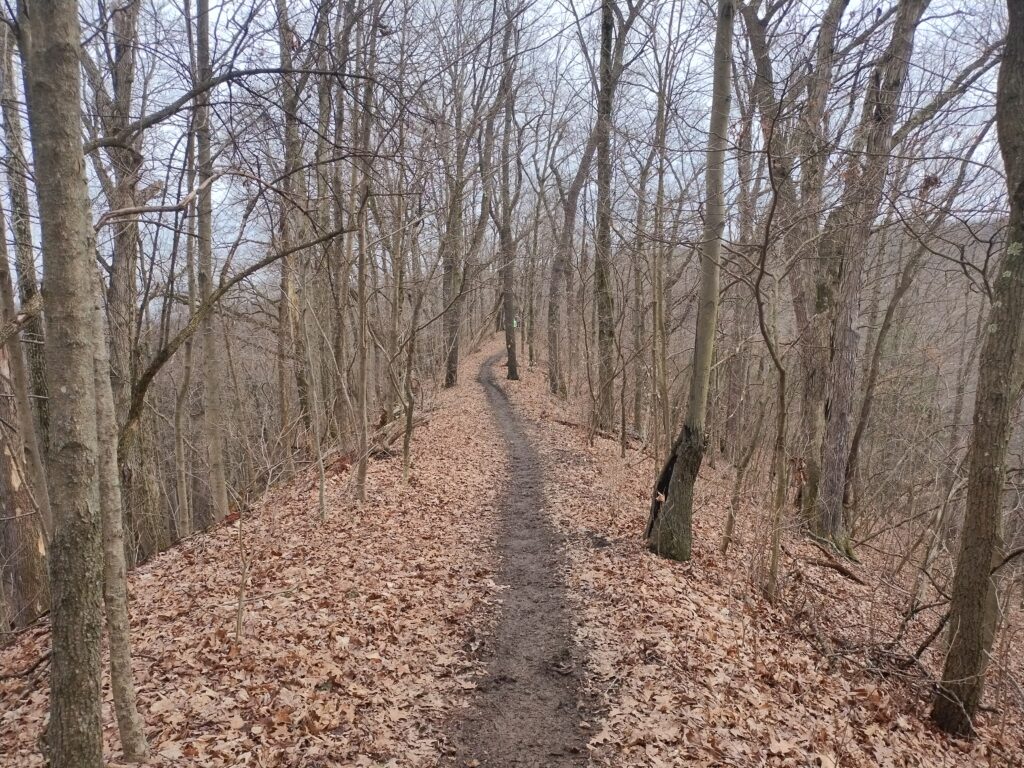
Nutrition for Mortals – Timing Matters: There’s a lot of information out there about optimal calorie/carb intake during ultras. Reading it makes it sound like you need at least 300 calories every hour during the race. There’s probably a select few that are able to actually execute this. I’m not one of them. I’ve found that my stomach can tolerate an above average amount of calories early in hundreds (3-6 hours). I can then handle 250ish/hour for the next 3-6 hours. And after that it’s usually no more than 200/hour (and sometimes under 100) until the second morning.
Looking at my splits above, I slowed down on lap 4 when the temperatures reached about 70 degrees in the afternoon and then more on subsequent laps as my caloric input dropped. My gut handles liquids better than solids so I try to get as many calories as possible that way. I was drinking 50% Perpetuem and 50% Coke/Gatorade up through the middle of loop 4 when I switched over to 75% water/25% Perpetuem. I was supplementing with food from the ASs, however it probably wasn’t more than 40% or so of my total calories.
I recently switched to gels overnight as my primary source of calories. I was taking one every hour or so in addition to my AS snacking and whatever caloric drip my fluids were providing. The key advantage of gels is that I can ingest them no matter what I’m wearing on my hands. I’ve noticed in cold/wet weather that my nutrition suffers when I have to remove gloves/mittens as I’m less inclined to do this if my hands are then going to get cold while I’m messing around with food/opening things up. Gels have been the no fuss, no muss solution.
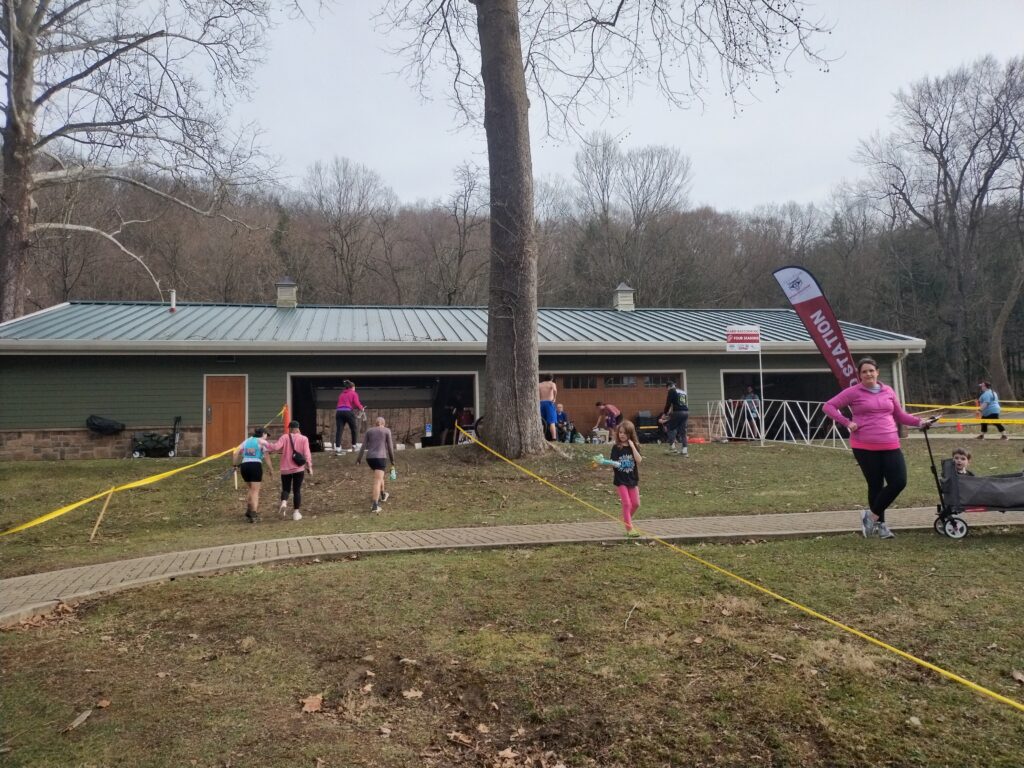
Feel Good To Move Good: Counterintuitively, my drop in pace during laps 5/6 coincided with a steady improvement in how good I felt. The cooler temperatures helped reset my body and I felt amazing. I’ve found that focusing less on pace as a determinant of how well I’m performing and more how I feel has had a step change in how much enjoyment I get out of the second half of hundreds. I believe this has had a positive impact on my actual times as well, however that’s probably impossible to prove. At worst, it will definitely cut down on your stoppage time as while the aid stations are awesome places, you’re not spending 30 minutes in one if you feel good.
Risk Mitigation: Hundred milers are essentially a 24 hour problem solving exercise. Over the course of the race, you are confronted with a series of choices. My advice is to always choose the least risky option even if that might add some time in the short term. Fixing hot spots before they become blisters is the obvious one. A couple examples from my race this year: 1) I decided to carry my backup headlamp all day long instead of dropping it off after the first lap, 2) grabbed my rain jacket several laps before the overnight rain was to begin, 3) switched to water before I started feeling queasy. #2 ended up being unused insurance, however having the headlamp saved me as I needed it for the final couple miles of loop 5 and cutting back calories kept me feeling good. I should have swapped batteries in my primary headlamp halfway through the night as my light was getting a bit dim, however this just goes to show you’ll never bat 100% on all your choices. Especially as you get farther into the race and your mental faculties start to wane.
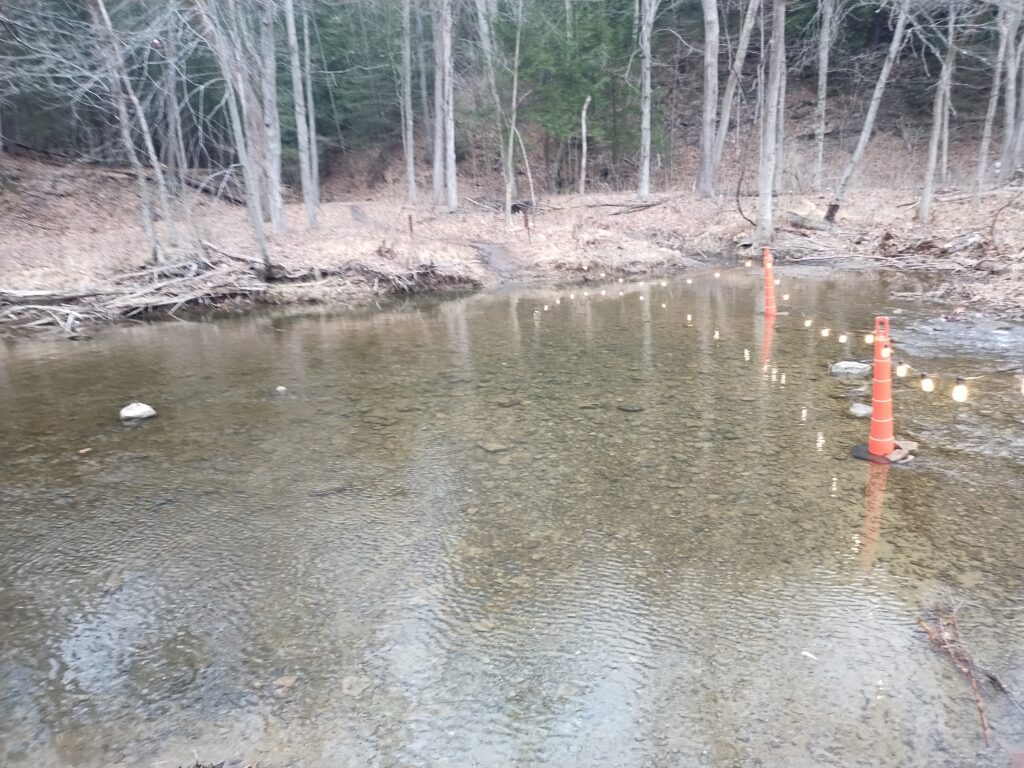
Save The Whales Quads: The race has some serious downhills heading into aid stations. They’re not overly long, however they are wicked steep. I was three loops into the race when my quads started squawking at me. This was probably because all those training miles listed above were done with 80-100ft of elevation gain/loss per mile vs. 150ft for this race. I also had zero strength training or hill workouts under my belt. Why? Because I don’t like doing strength training or hill repeats. Better the training I enjoy (process over results) than training I don’t. My strategy to mitigate my less than ideal training was to angle my legs at 45-90 degrees to the left of slope, shuffle down 20-30 feet, then switch to the other side. The goal being to mix up which muscles where getting hammered by the downhill. This worked well and I was able to move fast enough to continually pass people on these steep sections over the remainder of the race. The key takeaway here though is don’t neglect your hill work heading into this race.
Ending With An Amusing Anecdote
Those that have followed my running adventures know that they typically include a trip and fall at some point. There were many prolonged sections throughout the course where my feet were sliding with every single step I took. Even though I was using poles (very highly recommended), I felt it was only a matter of time before I hit the dirt. I was very proud to make it a full 100 miles without falling. Unfortunately, I hit this mark 2 miles from the finish. There was one 20 foot section towards the end of the loop that is better described as mudslide than trail. I was halfway up it when my foot slipped, knocked my other foot sideways, I pirouetted, and promptly landed on my backside. . . in the bushes beside the trail. I couldn’t believe I wasn’t coated in mud considering where I fell. Sometimes it’s better to be lucky than good. I considered one fall very fortunate on this course. And then fell again on the final descent on Mount Doom. It was equally mild though as the trail is so steep I really only fell about 18 inches onto my side as my feet slipped out beneath me. At some point, I really need to learn how to run trails.
